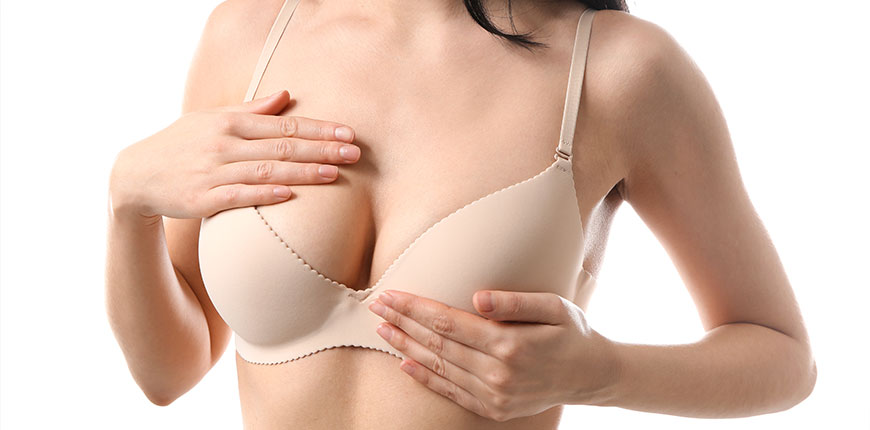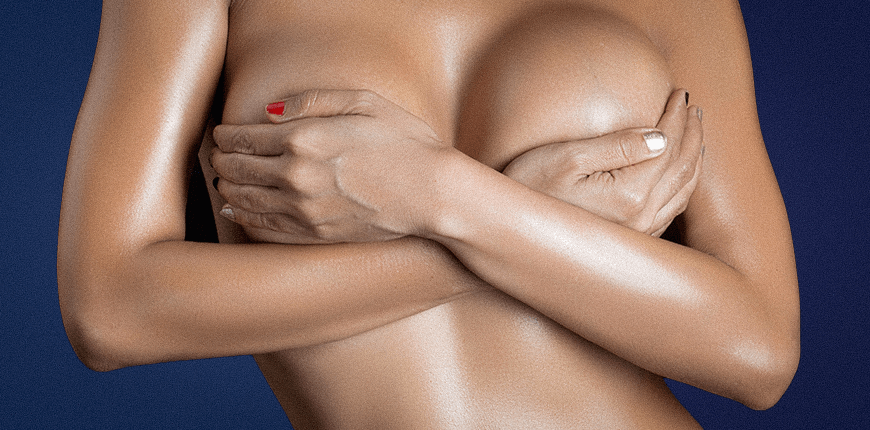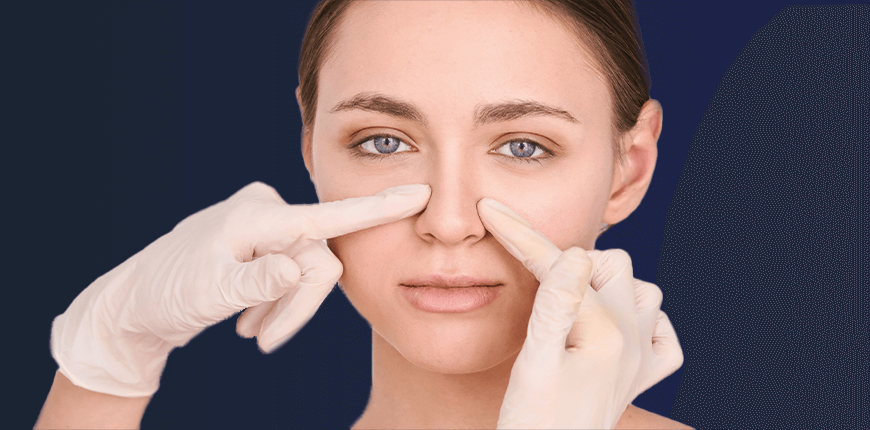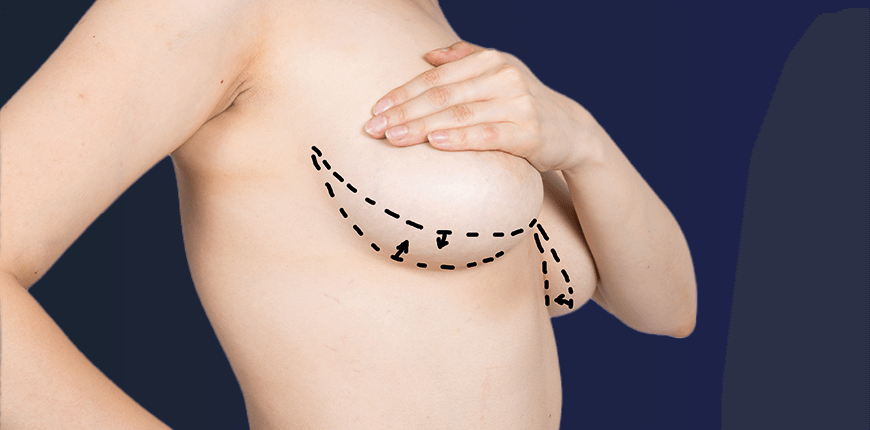
Breast Reduction
Breast reduction, also known as reduction mammoplasty, is a surgical procedure performed to eliminate problems caused by breasts that are larger than normal or drooping.
Wanting to get rid of large breasts can be based on aesthetic concerns, but it's also a health problem due to the physical discomfort it causes.
Genetic factors and sagging during breastfeeding after pregnancy are among the main reasons for choosing breast reduction surgery. It's an important practice for the prevention of back pain, injuries, and infections under the breast in women during this period.
The pressure exerted by the bra straps in women's daily lives and the limitation of physical movements are also among the reasons why breast reduction surgery is popular.
Who Can Have Breast Reduction Surgery?
For breast reduction surgery, it's usually expected after the age of 20, that hormonal balance will be achieved and body development will end. Candidates who have sagging breasts, have an asymmetrical appearance, and even cannot find suitable clothes can prefer this operation.
Large breasts can cause hunchback, diaper rash, and fungus. They may also restrict daily physical movements. So, it's a preferable procedure both for people with aesthetic concerns and for people who have these problems.
How is Breast Reduction Surgery Performed?
The aim of breast reduction surgery is to remove the excess fat tissue carried by the skin and breast. The operation takes about 3 to 4 hours under general anesthesia. In the procedure, methods called lollipop incision and T incision are used. Which method to use is determined by the shape and curves of the breast, the location and position of the nipple, and some other factors.
The lollipop incision method is performed with a round incision around the areola. The location of the nipple can be changed by looking at the physical characteristics of the candidate. The skin is closed without damaging the milk ducts. A drain is placed to evacuate the accumulated blood.
The reverse T incision method is performed under the breast. After the excess skin and breast tissue are removed, the skin is closed by suturing. After the operation, the person is kept under observation for 1 day. Then the patient's drain is removed, the dressing is done, and she is discharged.
The first control examination is performed at the end of the week following the breast reduction surgery. In the second check-up, the stitches are removed. After resting at home for an average of 1 week, the person can go back to her daily life.
Things to Consider After Breast Reduction Surgery
 After breast reduction surgery, the person should rest at home for a minimum of 1 week. It's important to use painkillers and antibiotics given by the doctor. During the recovery period, it's recommended to use sports bras that do not compress the breasts and prevent them from moving. In this way, the person feels less pain, and the correct shape of the breasts is ensured.
After breast reduction surgery, the person should rest at home for a minimum of 1 week. It's important to use painkillers and antibiotics given by the doctor. During the recovery period, it's recommended to use sports bras that do not compress the breasts and prevent them from moving. In this way, the person feels less pain, and the correct shape of the breasts is ensured.
After breast reduction surgery, examinations are carried out on the dates determined by the doctor. In these check-ups, dressing is done and thus, the risk of infection is minimized. It's necessary not to carry heavy items for 1 month, and not to make any movements that will force the operation area. After this period, light exercises can be started.
It's normal to experience mild swelling and edema in the area for a few weeks following the surgery. Over time, these discomforts decrease, and the breasts regain their natural appearance within an average of 1 year. It's very beneficial to quit smoking and alcohol use in this process to accelerate recovery.
The question of whether there will be a scar after breast reduction surgery is one of the most frequently asked questions, just like in other breast operations. The shape of the scar that occurs after the incisions differs depending on the method preferred in the surgery.
The "Lollipop" cuts usually leave fewer scars because there are color differences in the incision area. Surgical scars, which generally do not cause a significant aesthetic problem, may also vary depending on how much the patient's breasts sag and the procedure performed.
How to Prepare for Breast Reduction Surgery?
Before breast reduction surgery, candidates need to make some preparations. Some of the things that need to be done in this process are listed below.
Anyone considering breast reduction surgery should first consult with a plastic surgeon. They explain the details of the surgery and provide information about the results, side effects, risks, and benefits.
Before the operation, the person should pay attention to her health status. Especially candidates with chronic diseases such as obesity, high blood pressure, or diabetes should prioritize these illnesses.
It's recommended to make a healthy diet before the surgery. Because, a sufficient amount of protein, vitamins, and minerals should be taken for the body to recover quickly, especially after surgery.
The candidate should inform the doctor about the medicines she is using. Some of these, such as blood thinners, may increase the risk of bleeding after surgery. Therefore, it's vital to learn which ones can be used prior to surgery.
-
How much does Breast Reduction Surgery cost?
Breast reduction costs vary depending on the scope of the surgery, the general health of the patient, and the experience of the surgeon performing the operation.
-
Is Breast Reduction Surgery painful?
Since general anesthesia is used during the surgery, the person does not feel any pain or discomfort.
-
Is a non-surgical Breast Lift performed?
No. It's not possible to perform a breast lift without a surgical procedure.














